“Experience Oregon” Like Never Before
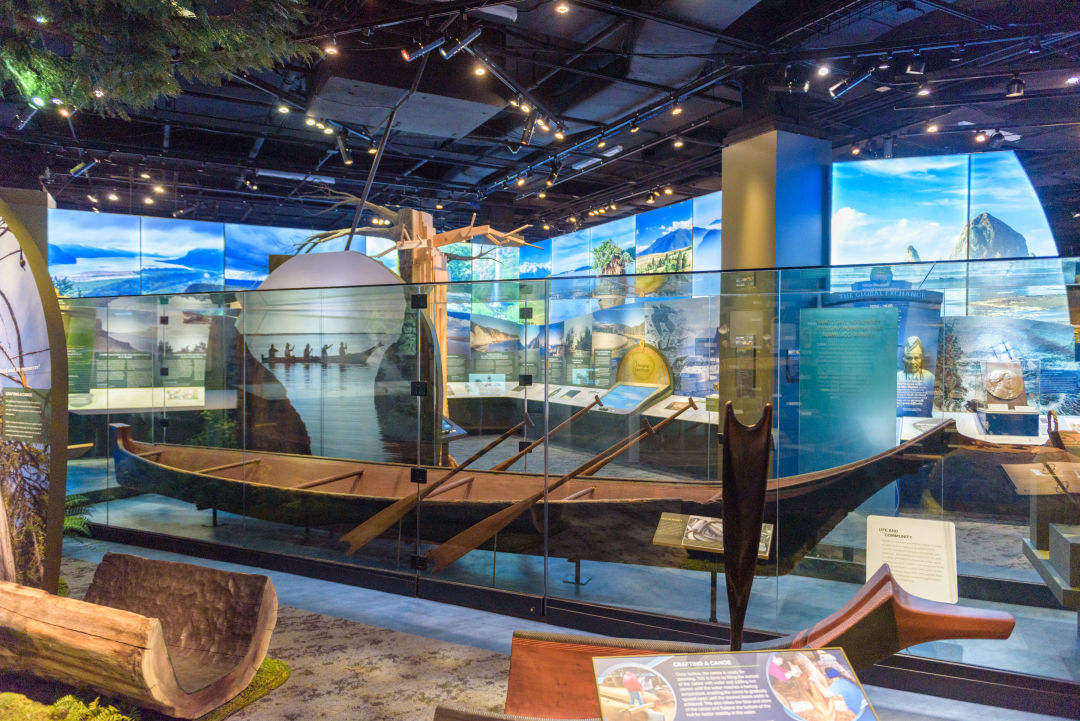
Whether you were born in Oregon, have chosen to make this place home, or are just passing through, it is undeniable that there is something special about this state. From its varied geography to its innovative legislation, Oregon is complex and distinctive, filled with people whose stories are the foundation of the state we see today.
On February 14, 2019, Oregon’s 160th birthday, the Oregon Historical Society unveiled a new 7,000 square foot exhibition, Experience Oregon, a dynamic educational space where visitors can learn about the countless people, places, and events that have shaped this place.
But – what makes this exhibit so unique? What prompted the Oregon Historical Society to end the 14-year run of its previous permanent installation, Oregon My Oregon, and embark on a grueling three-year redesign? Here are a few of the reasons a trip to the Oregon Historical Society needs to be added to your weekend to-do list:
1. It tells Oregon’s history – the good, and the bad.
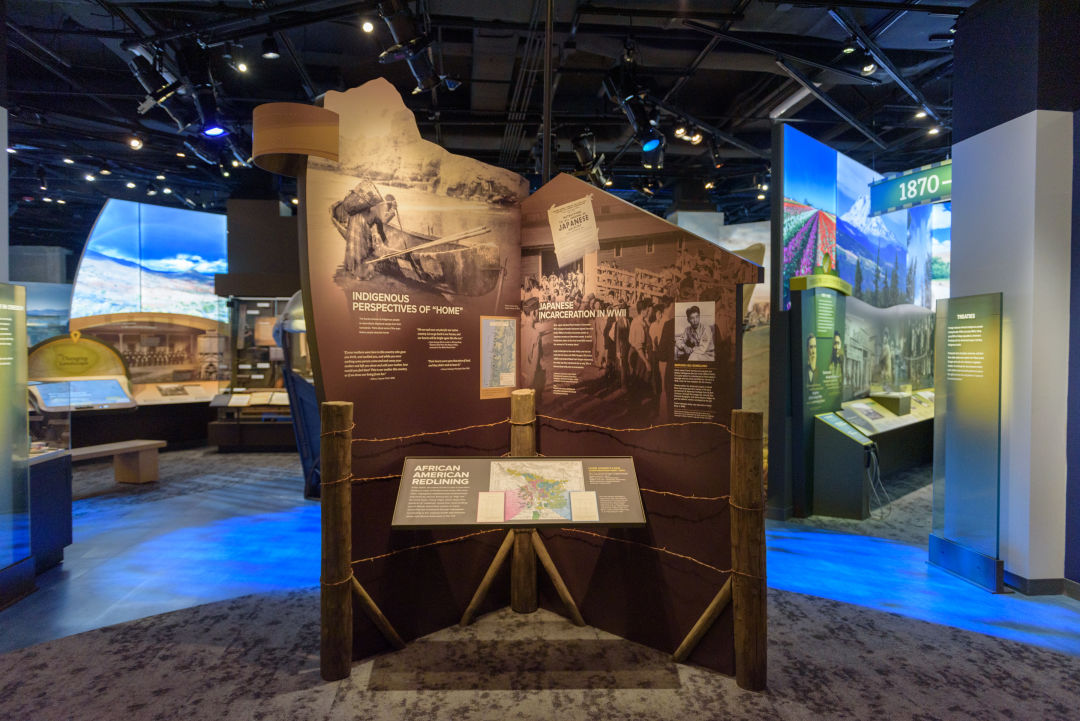
While Oregon’s past is filled with triumphant achievements, it also has bleaker moments that have contributed to the state we see today.
“I often say that at the Oregon Historical Society, we are not a chamber of commerce, and as such it is our job to give the facts of our history – the good, bad, and the ugly,” says Oregon Historical Society Executive Director Kerry Tymchuk.
From racial exclusion laws to the incarceration of Japanese Americans during World War II, Experience Oregon does not shy away from the “ugly,” knowing that in these moments, we are able to gain a better understanding of our present realities. It may not always be pretty, but it’s the truth, and the Oregon Historical Society is not afraid to pose tough questions to encourage visitors to pause and reflect on the past.
2. It’s interactive – think video games and life-size covered wagons.
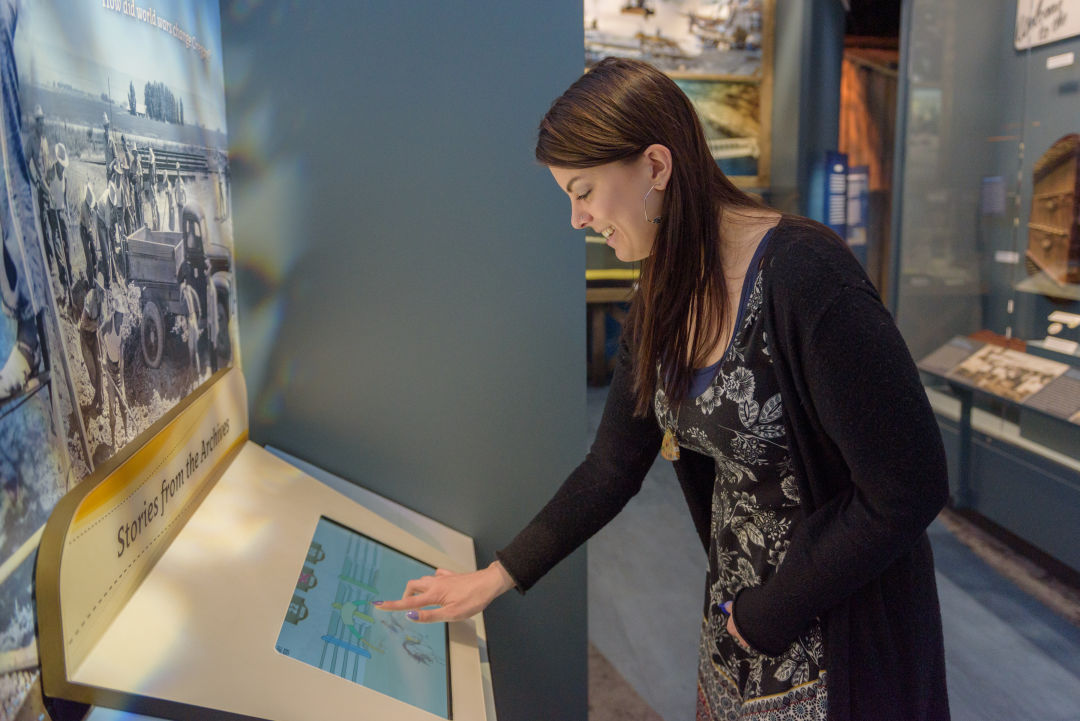
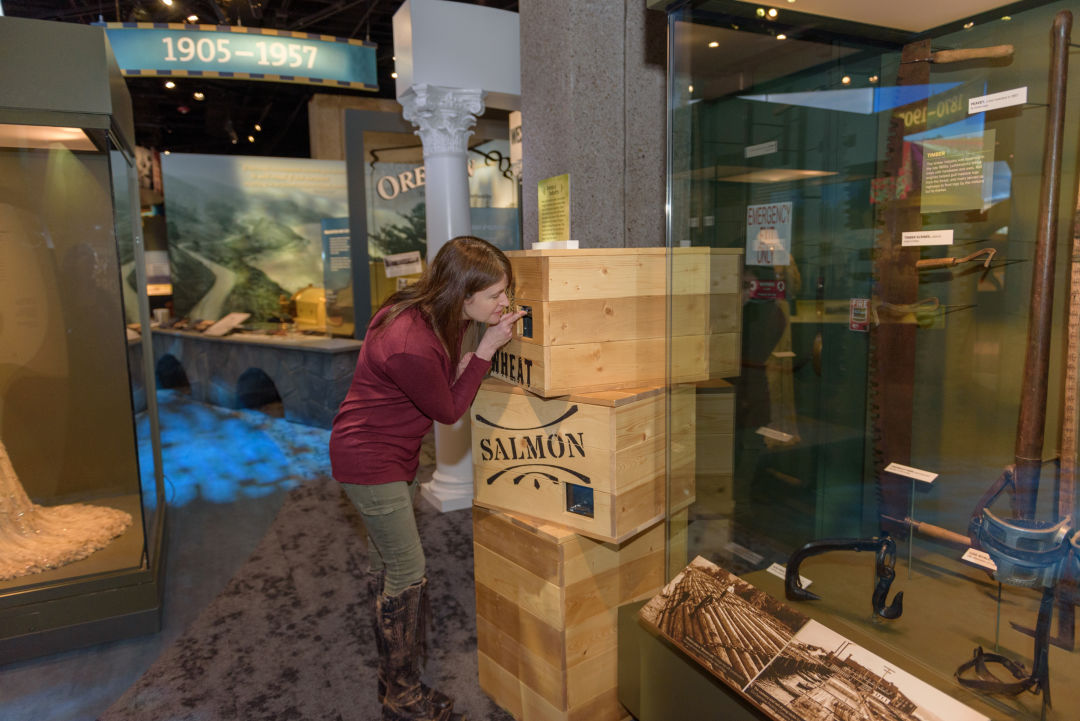
Experience Oregon features over 20 interactive stations where you can play games, hear voices from the past, and engage in historical debates – even smelling stations where you can get a whiff of salmon, hazelnuts, and wheat!
One highlight are the four “Stories from the Archives” tablet games that turn history into a cartoon video game. In one game, the player pretends to be George Fletcher, an African American cowboy. In 1911, Fletcher competed against John Spain, who was white, and Jackson Sundown, who was Nez Perce, in the Pendleton Round-Up bucking finals. After Spain and Sundown compete, you get to control Fletcher’s ride and, from your perspective, clearly win the competition. However, the judge awards Spain the first prize. Frustrated, you then go on to read about how most spectators in the audience agreed that Fletcher had ridden better, and that the judge’s decision came from a reluctance to award the first prize to a nonwhite man.
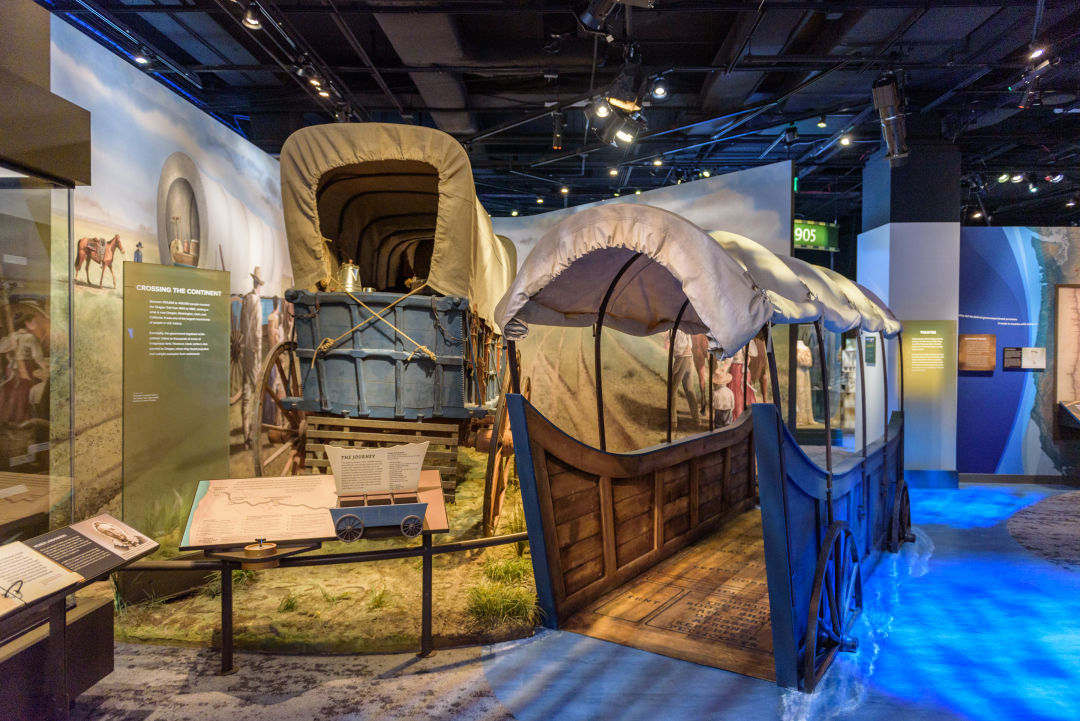
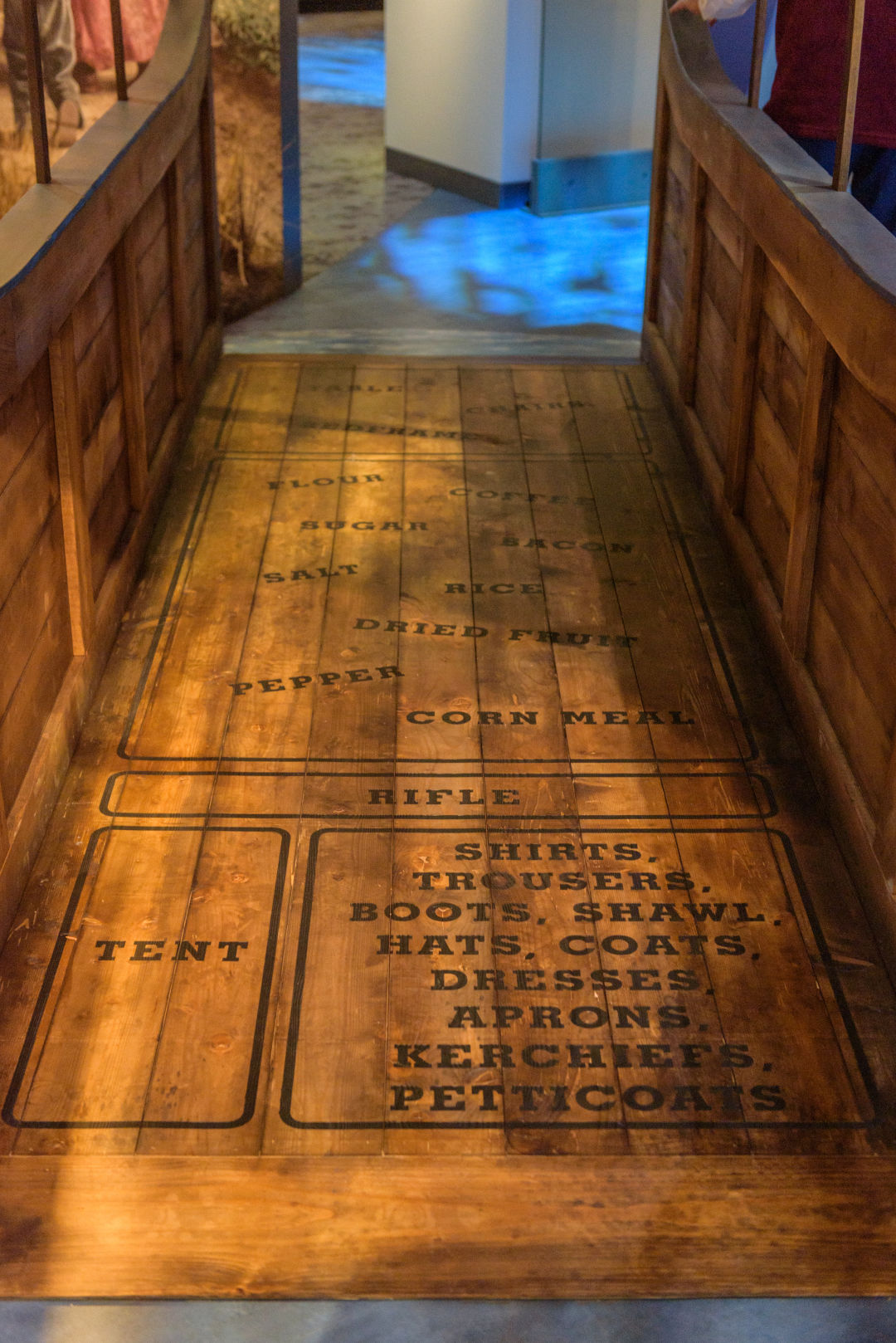
Another interactive element in Experience Oregon is the life-size covered wagon that visitors can walk through. On the wagon floor are painted outlines of all of the supplies you may need on the Oregon Trail – food, clothes, tent. Notably absent? Room for passengers – those who travelled the Oregon Trail walked the majority of the way, a grueling way to move across country.
These interactive experiences creatively immerse you in the past in fun ways, and because of this, the stories stick with you.
3. Experience Oregon brings these stories to life through original artifacts that steal the show.
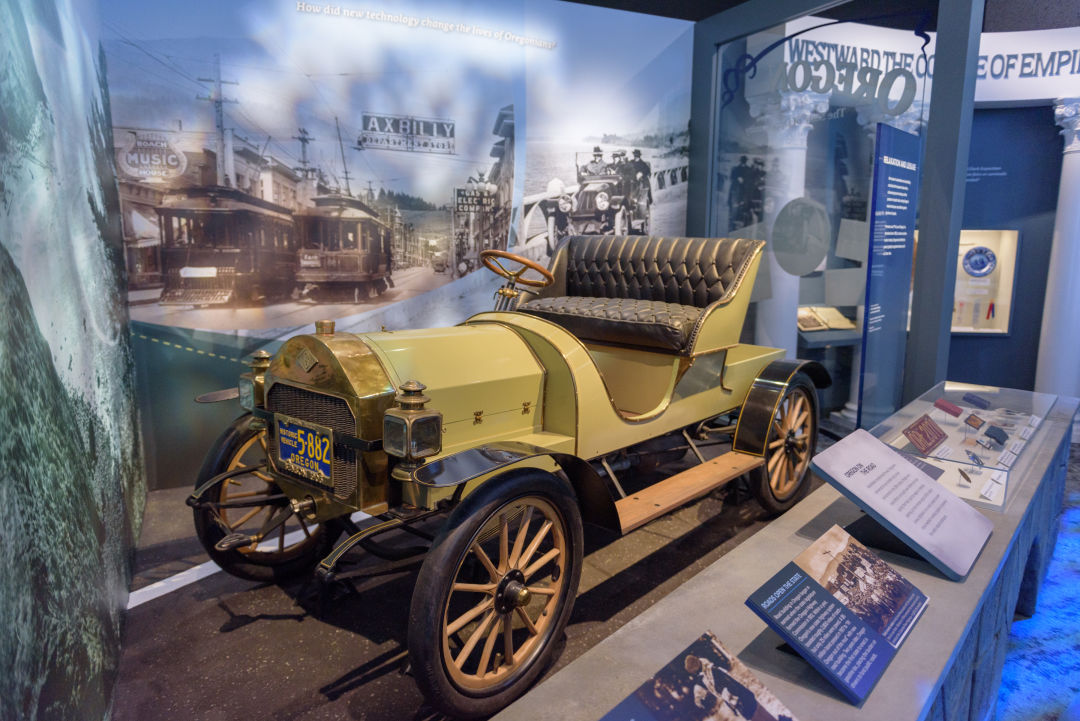
The Society’s collections staff scoured the OHS vault to display artifacts from across the state’s geography and history – some on exhibit for the first time. One beloved artifact is the Benson Automobile, one of the first cars built in Oregon. Nils Benson began building this car in 1904, and then displayed it at the Lewis and Clark Centennial Exposition the following year. In the exhibit, the Benson appears as if it is traveling down the historic Columbia River Highway at the turn of the century, evoking the thrill and freedom that this new invention promised.
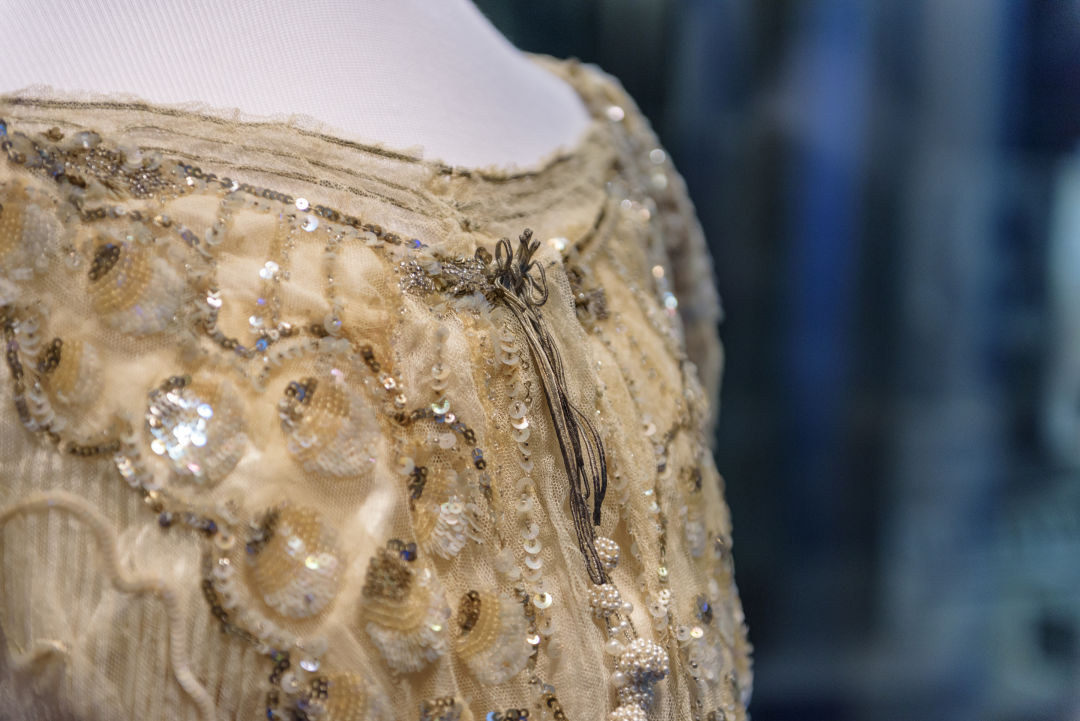
One of the most spectacular cases in Experience Oregon features a dress designed by M & A Shogren. Sisters May and Ann Shogren opened their shop in the mid-1890s, where for over twenty years they operated Oregon’s most significant fashion house. Because the dress is so fragile, different Shogren gowns will rotate through this case periodically to preserve these elegant textiles.
4. It drives home the point that history matters.
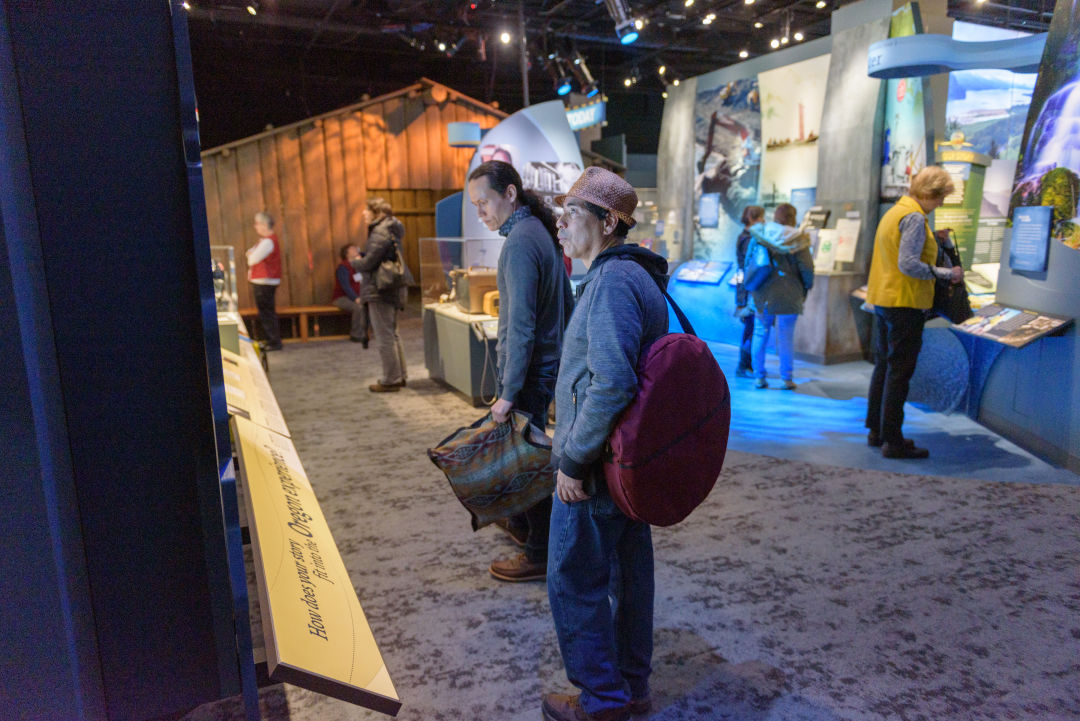
While history is often relegated to a mandatory course in school based on rote memorization, this attitude does the important study of our past a massive disservice. The Oregon Historical Society intentionally designed Experience Oregon to not only be visually interesting and interactive, but also to constantly draw parallels between the past and the present. “Across Time” stations throughout the exhibit use broad themes such as home, water, movement, and land to draw connections to the important conversations of today. This intentional refocus on the present subtly emphasizes why learning about history matters.
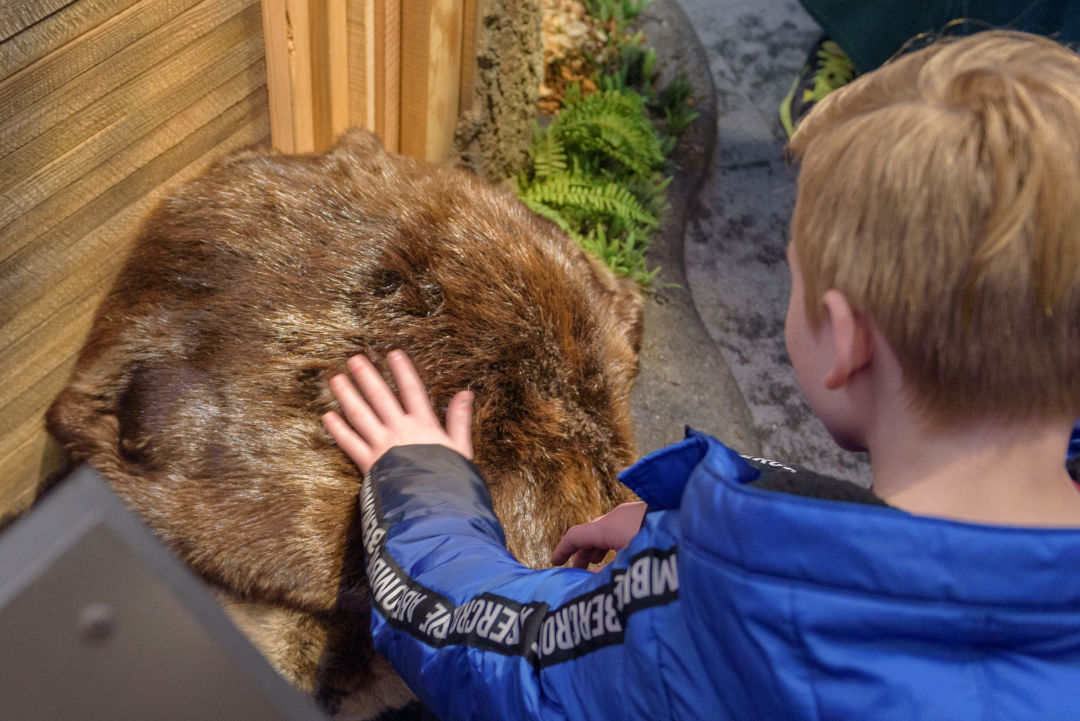
Best-selling author and historian, David McCullough, aptly noted, “A nation that forgets its past can function no better than an individual with amnesia.” The Oregon Historical Society exists to remind us about our past, and gives us the context to make decisions to improve our present and future. Experience Oregon is a necessary visit for locals and tourists alike – lest, we all suffer from collective historic amnesia.
Plan Your Visit:
Address: 1200 SW Park Avenue, Portland
Hours: Monday – Saturday 10am – 5pm; Sunday 12pm – 5pm.
Admission: $10; discounts are available for students, seniors, and youth. Admission is free every day for OHS members and Multnomah County residents.
